Fleet perspectives on clean vehicles: While many corporations have ambitious sustainability targets in place, greening their fleets is going to take a while. Automotive Fl eet just published an in-depth look at the state of clean transportation through interviews with several fleet managers and suppliers. Fleets are paying attention to an onslaught of future electrified product plans among several global automakers; and commitment by several corporations to become carbon neutral or all-electric in the next five to 10 years. As for now, manufacturer incentives for fleets make gasoline- and diesel-powered vehicles more appealing than hybrid or electric vehicles. Lack of demand for electrified vehicles has been part of it, according to Tim Cengel, manager, manufacturer relations for Wheels, which has kept automakers staying conservatie in production volumes being set for hybrids and EVs
eet just published an in-depth look at the state of clean transportation through interviews with several fleet managers and suppliers. Fleets are paying attention to an onslaught of future electrified product plans among several global automakers; and commitment by several corporations to become carbon neutral or all-electric in the next five to 10 years. As for now, manufacturer incentives for fleets make gasoline- and diesel-powered vehicles more appealing than hybrid or electric vehicles. Lack of demand for electrified vehicles has been part of it, according to Tim Cengel, manager, manufacturer relations for Wheels, which has kept automakers staying conservatie in production volumes being set for hybrids and EVs
Ford abandoning cars: With Ford essentially exiting the car business in North America, the Ford Fusion will be getting axed, along with the Fiesta and Taurus. The Mustang and Focus will still be produced. The automaker will only be offering the Focus Active hatchback as a debut model in 2019. The Ford Fusion had been selling well in the hybrid market and its plug-in hybrid version. The Fusion Hybrid has been beating the Toyota Prius in sales several times in the past couple of years, but it will be going away. Ford Motor Co. has been losing money producing and selling cars and will be focusing more on trucks and SUVs.
Amazon and UberEats taking the lead: The urban mobility sector saw a few interesting announcements over the past week. Amazon is offering a new perk 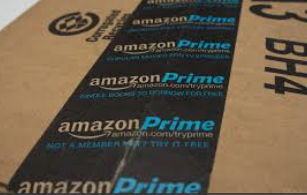 to its 100 million Amazon Prime subscribers. Millions of owners of General Motors and Volvo vehicles in 37 cities will be able to have Amazon packages delivered to the trunk of their vehicles. The In-Car Delivery program comes months after the company launched a program allowing homeowners to provide a digital key to allow delivery drivers to drop a package inside their home………. A convincing argument is being made that rapid growth in online delivery services will be adding to urban traffic congestion and pollution. Manhattan is seeing UPS and FedEx paying millions of dollars in parking fees, with commuters upset about the growing traffic congestion coming from the fast-growing online shopping business………… Uber Eats is taking the lead in meal delivery services in the U.S., bringing in nearly as much revenue as GrubHub. Consumers are now spending more on UberEats than on any other food delivery service in nine of the 22 most-populous U.S. cities, according to a new study.
to its 100 million Amazon Prime subscribers. Millions of owners of General Motors and Volvo vehicles in 37 cities will be able to have Amazon packages delivered to the trunk of their vehicles. The In-Car Delivery program comes months after the company launched a program allowing homeowners to provide a digital key to allow delivery drivers to drop a package inside their home………. A convincing argument is being made that rapid growth in online delivery services will be adding to urban traffic congestion and pollution. Manhattan is seeing UPS and FedEx paying millions of dollars in parking fees, with commuters upset about the growing traffic congestion coming from the fast-growing online shopping business………… Uber Eats is taking the lead in meal delivery services in the U.S., bringing in nearly as much revenue as GrubHub. Consumers are now spending more on UberEats than on any other food delivery service in nine of the 22 most-populous U.S. cities, according to a new study.

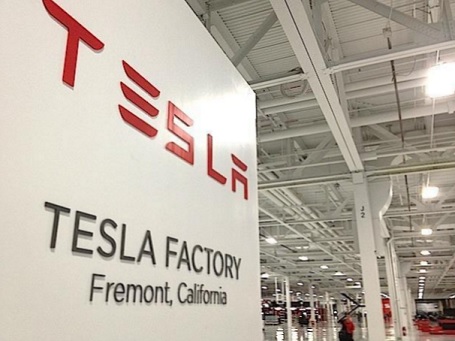 e number of injuries in the official count by stating some were minor or due to personal medical conditions. Tesla denied the accusations in a blog post, calling the publication an “extremist organization working directly with union supporters to create a calculated disinformation campaign against Tesla.”
e number of injuries in the official count by stating some were minor or due to personal medical conditions. Tesla denied the accusations in a blog post, calling the publication an “extremist organization working directly with union supporters to create a calculated disinformation campaign against Tesla.”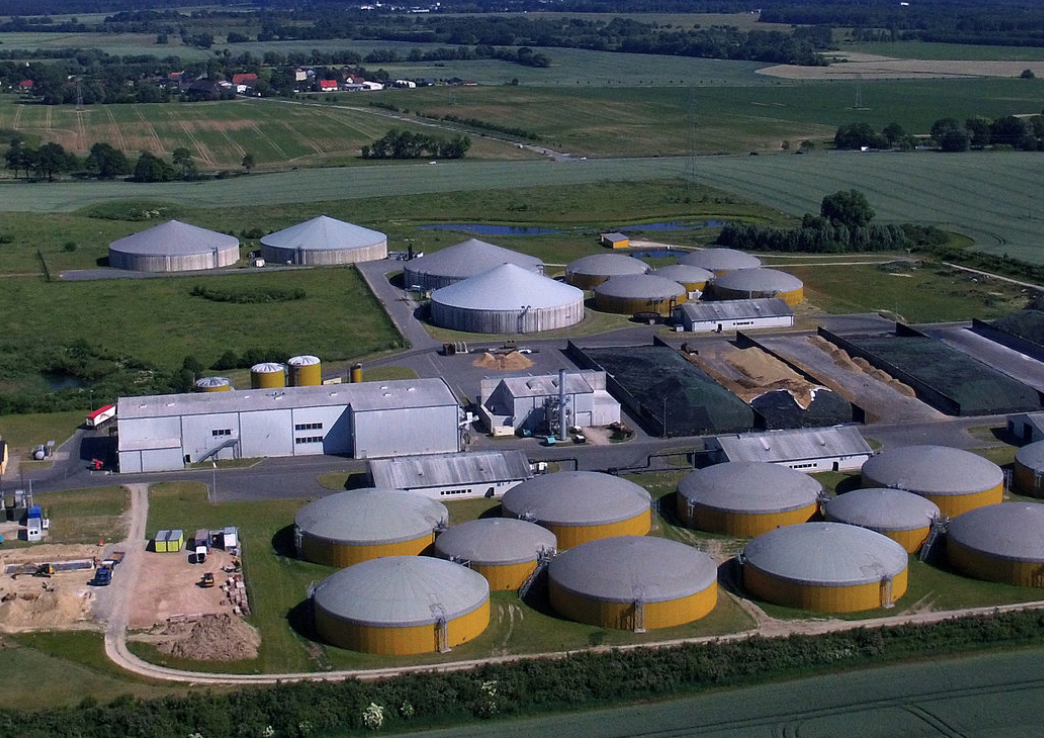 natural gas (RNG) production facilities in North America. The refreshed database shows that the RNG Coalition is on track to double the number of RNG production facilities in North America in half the time that was set in the original goal of what was to be accomplished by 2025. There were 51 RNG facilities in place at the time the coalition was formed in 2015. The new database shows an additional 23 RNG production facilities are currently under construction and another 23 have reached stages of substantial development prior to commencing construction. It also shows there are now at least 76 operations RNG facilities in North America, which makes for 85% growth from the 41 projects that were built between 1982 and 2014.
natural gas (RNG) production facilities in North America. The refreshed database shows that the RNG Coalition is on track to double the number of RNG production facilities in North America in half the time that was set in the original goal of what was to be accomplished by 2025. There were 51 RNG facilities in place at the time the coalition was formed in 2015. The new database shows an additional 23 RNG production facilities are currently under construction and another 23 have reached stages of substantial development prior to commencing construction. It also shows there are now at least 76 operations RNG facilities in North America, which makes for 85% growth from the 41 projects that were built between 1982 and 2014. modified Nissan Leafs. Easy Ride taps into Seamless Autonomous Mobility, which was developed by Nissan from NASA technology, for the automaker’s fleet operation system. Unexpected occurrences are being tested, such as road construction or an event filled with cars and pedestrians blocking traffic. The robotaxi will have support from in-vehicle artificial intelligence and staff working at a control center monitoring the rides. Nissan is counting on its collaboration with DeNA, a Japanese mobile gaming and communications giant. Easy Ride comes with a DeNA-designed smartphone app, where users can hail a taxi by choosing a time slot and where they want to be picked up from a list of preset destinations. Riders view a tablet computer installed inside the car about recommended events in the area; and users are also sent discount coupons for restaurants participating in an Easy Ride affiliate program.
modified Nissan Leafs. Easy Ride taps into Seamless Autonomous Mobility, which was developed by Nissan from NASA technology, for the automaker’s fleet operation system. Unexpected occurrences are being tested, such as road construction or an event filled with cars and pedestrians blocking traffic. The robotaxi will have support from in-vehicle artificial intelligence and staff working at a control center monitoring the rides. Nissan is counting on its collaboration with DeNA, a Japanese mobile gaming and communications giant. Easy Ride comes with a DeNA-designed smartphone app, where users can hail a taxi by choosing a time slot and where they want to be picked up from a list of preset destinations. Riders view a tablet computer installed inside the car about recommended events in the area; and users are also sent discount coupons for restaurants participating in an Easy Ride affiliate program. partnership will start with providing the eDrive system for Olli. Beyond that, the companies will work on new technologies to accelerate future autonomous and transportation-as-a-service (TaaS) vehicle production.
partnership will start with providing the eDrive system for Olli. Beyond that, the companies will work on new technologies to accelerate future autonomous and transportation-as-a-service (TaaS) vehicle production.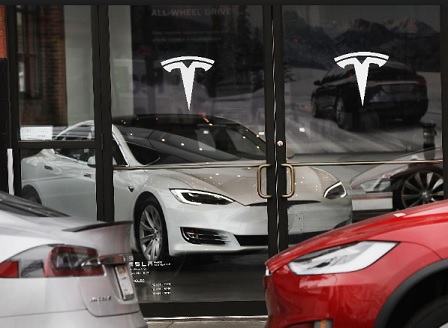 period of increasing challenges. On April 2,
period of increasing challenges. On April 2, 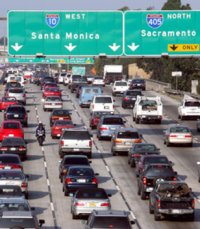 giving up their personal vehicles to switch over entirely to other modes of transportation — and that crossed over all the demographics of age, geographic region, education, and income levels. Only 6.5% of them found car ownership to be a hassle. The survey found that ride-hailing services provide some great benefits — especially in urban areas and in places where parking is an inconvenience.
giving up their personal vehicles to switch over entirely to other modes of transportation — and that crossed over all the demographics of age, geographic region, education, and income levels. Only 6.5% of them found car ownership to be a hassle. The survey found that ride-hailing services provide some great benefits — especially in urban areas and in places where parking is an inconvenience.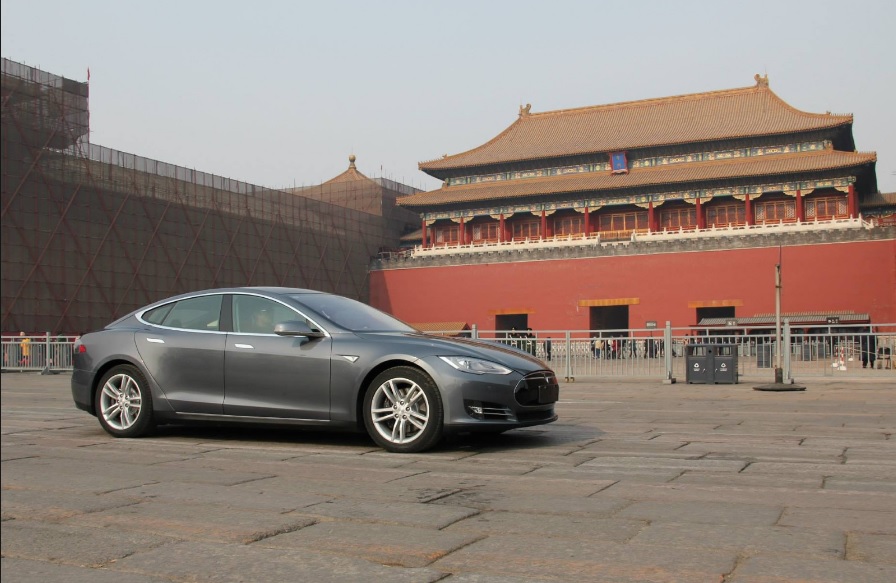 the trade war escalates with the Trump administration. Other automakers could be hit by SUV tariffs if enacted, but having joint venture alliances with Chinese companies will soften the blow. China is Tesla’s largest foreign market, and Tesla competitors will have a real advantage in China. CEO Elon Musk continues facing a wave of serious challenges. During the Q1 earnings call this week, the company announced that production and sales of the Model 3 have been increasing, with 2,020 Model 3s built during the last week of March up to about 5,000 units a month expected in about three months. But the
the trade war escalates with the Trump administration. Other automakers could be hit by SUV tariffs if enacted, but having joint venture alliances with Chinese companies will soften the blow. China is Tesla’s largest foreign market, and Tesla competitors will have a real advantage in China. CEO Elon Musk continues facing a wave of serious challenges. During the Q1 earnings call this week, the company announced that production and sales of the Model 3 have been increasing, with 2,020 Model 3s built during the last week of March up to about 5,000 units a month expected in about three months. But the 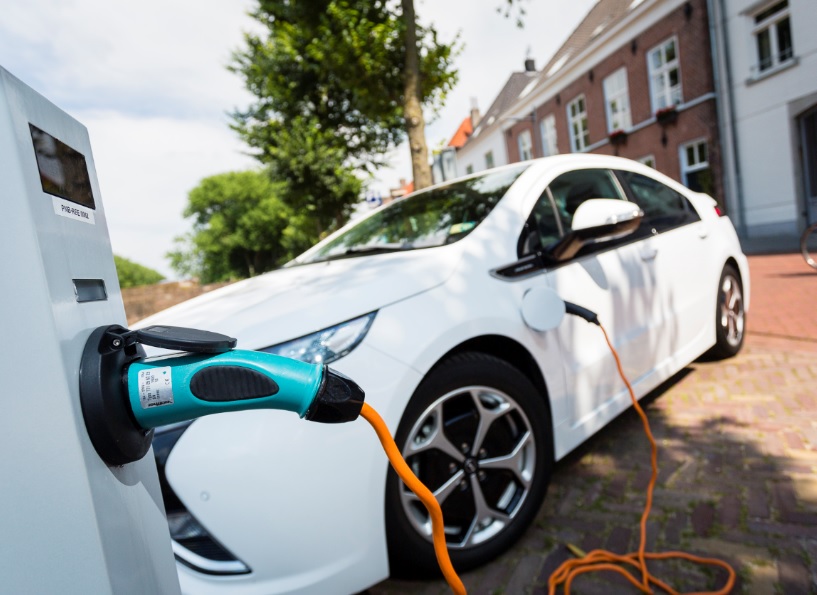 sales, the study explores steps that will need to be taken to make it up to 25% of new vehicle sales by 2030. To become mass producible, four factors will need to be addressed, according to McKinsey.
sales, the study explores steps that will need to be taken to make it up to 25% of new vehicle sales by 2030. To become mass producible, four factors will need to be addressed, according to McKinsey.